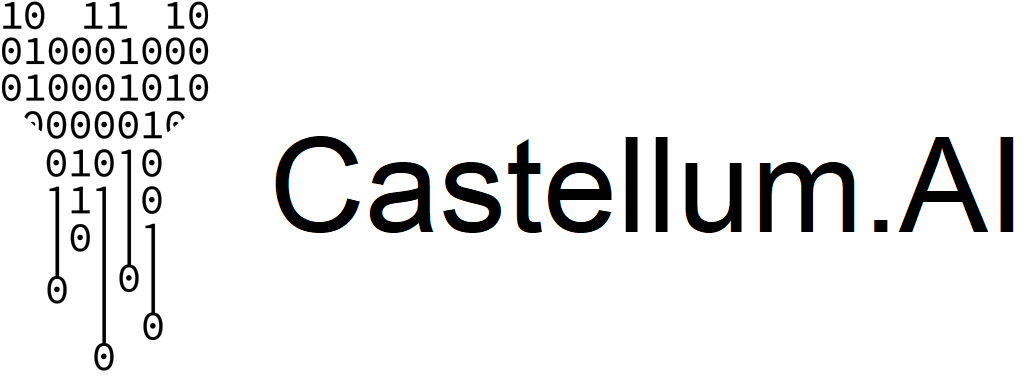100 Days of War: the Sanctions Response to Russia’s Invasion
Saturday, 4 June marks 100 days since Russia invaded Ukraine. In that time, the largest global sanctions regime has been mobilized against the Kremlin. How can this response be quantified?
Total sanctions against Russia have increased by 290% since the invasion. However, the pace of new targeted sanctions has slowed dramatically since April.
Shift to Sectoral Sanctions & Export Control
Instead of targeting individuals and entities, sanctions against Russia target the broader economy to limit the Kremlin’s ability to fund its war. Most recently, the EU finally approved its sixth package of sanctions on 30 May, which includes a ban on oil imports by ship (Hungary demanded an exemption for piped crude oil).
How will Sanctions Develop in the Next 100 Days?
The effectiveness of sanctions will become more apparent as sectoral sanctions start to bite the Russian economy. Russia’s ability to weather sanctions based on the strength of the ruble is temporary. The loss of oil markets in Europe and the absence of key imported goods (e.g. high-tech goods) will put massive strain on Russia.
The tempo of new sanctions designations will continue to drop off. Instead, efforts will shift to sanctions enforcement. This means investigating instances of sanctions evasion (which may include designating parties involved in aiding sanctions evasion) or issuing marginal changes to existing sectoral sanctions and export controls.
As investigations continue into Russian atrocities in Ukrainian territory, actions may be issued against identified perpetrators with a focus on human rights sanctions.
G7-Led Sanctions Not Global
46 countries have adopted sanctions against Russia. Some countries that did not have the ability to impose their own sanctions passed laws to change that: New Zealand adopted a new law in March in order to join the international response, and countries such as Taiwan and South Korea, have reversed their prior policy and adopted sanctions against Russia.
Notable exceptions of countries that can impose autonomous sanctions on Russia but have not include: China, India, Israel, Turkey, and Serbia. Further, African and Latin American countries do not have the legal authorities in place to impose autonomous sanctions and they have not joined the international sanctions response.
Sanctions Focus on Individuals
Targeted sanctions are strongly skewed toward individuals across key groupings:
Oligarchs and executives that cooperate with the Kremlin;
Politicians, including Putin, his ministers and all Duma and Federation Council members;
Military and other security officials associated with Russia’s invasion; and
Family members and associates of the above groups. These designations intend to both increase pressure on prominent Russians and limit sanctions evasion by cutting off readily available routes to offload assets and avoid asset freezes.
Meanwhile, the US dominates sanctions on entities, accounting for 41% of sanctions designations against companies, organizations, or government institutions. The US dollar’s dominance in global trade improves the effectiveness of this approach to sanctions, hindering Russian companies’ ability to transact internationally.
Methodology
This data is updated as of 2 June 2022. Data used to create graphs pertains to designations targeting specific parties (e.g. individuals or entities). Since sectoral sanctions are not list based, they are analyzed qualitatively based on the latest announcements from sanctions issuing authorities.
Most people think about sanctions as “the US sanctions Russia” but sanctions are usually “US sanctions a Russian citizen located in China for hacking financial institutions in Ukraine.” A single action can cover multiple data points, and evaluating whether sanctions are targeted against Russia involves both a quantitative and qualitative approach. To accomplish this, we examined the thematic lists within each country’s list source. For example, Switzerland SECO is Switzerland’s sanctions issuing authority. Switzerland SECO has a sanctions list titled “Situation in Ukraine” which houses Swiss sanctions against Russia.
The data we used to compare sanctions on Russia relative to other countries is based on a list-based approach. It is composed of groupings of sanctions programs from major sanctioning jurisdictions, including Australia, Canada, EU, France, Switzerland, UK, UN, and US. We grouped the lists according to each list’s target country. This approach is appropriate for the broad comparisons in this analysis and shows the magnitude of global sanctions programs.
We decided on this list-based approach instead of using location data due to the limited availability of that data across sanctioning countries’ lists. Canada does not include location data in any of its entries, for instance.
Castellum.AI compiled the list of countries sanctioning Russia based on our publicly available database.
Castellum.AI obtains global sanctions information from primary sources, and then proceeds to standardize, clean and enrich the data, extracting key information like IDs and addresses from text blobs. Castellum.AI enriches as many as fifteen separate items per entry. This analysis is based on the enriched primary source data that populates our database. The database consists of over 900 watchlists, covering over 200 countries and eight different categories (sanctions, export control, law enforcement most wanted, contract debarment, politically exposed persons, regulatory enforcement, delisted, and elevated risk). Castellum.AI checks for watchlist updates every five minutes directly from issuing authorities.
